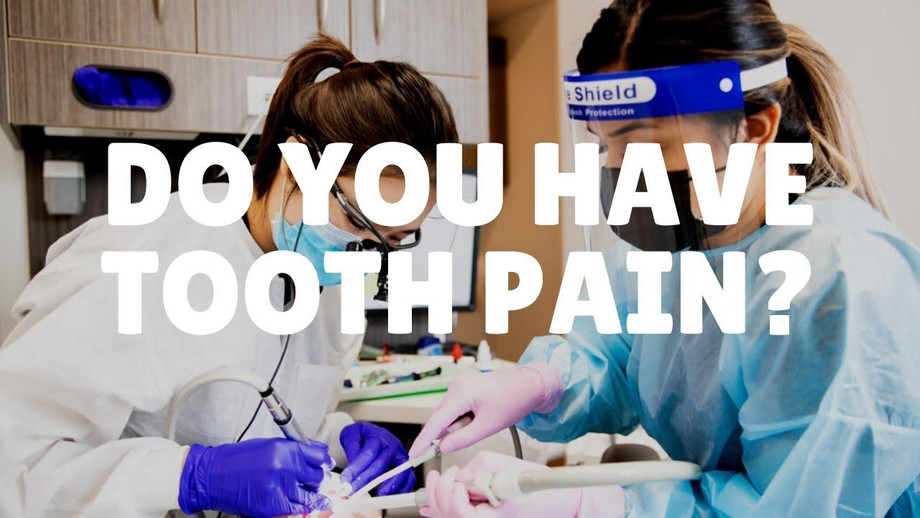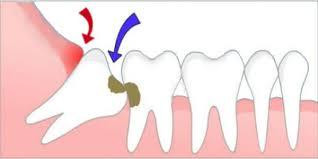What are the Symptoms, Causes, and Treatment of Gum or Dental Abscess?
A gum abscess is a localized collection of pus in a tooth or in nearby structures and this occurs due to tissue disintegration and is surrounded by an inflamed area. Pus is a thick fluid that normally contains white blood cells, bacteria, and dead tissue. The abscess occurs due to an infection with bacteria. These infections occur commonly in people having poor dental health and also lacking proper and timely dental care.
Types of dental abscess
There are three types of Dental Abscess - Gingival, Periapical, and Periodontal. Gingival abscess affects only the gum tissue and does not affect either the tooth or the periodontal ligament.
A periapical abscess is the most common type of abscess and it starts from the dental pulp which is in the center of the tooth. This type of abscess happens when there is a complication due to tooth decay. Dental decay is very common and it erodes the enamel and dentine which are the protective layers of the tooth.
Periodontal abscess begins at the supporting structures of the teeth like the periodontium that is located between the gum and tooth. This happens when there is gum disease which is inflammation or infection of the tissues that surround the teeth. A periodontal abscess results in swelling next to a tooth and hence is also called a gum boil.
What are the Causes?
Any cavity in the tooth is a home for bacteria and the bacteria can extend into the cheek, facial bones, gums, jaw, throat, under the tongue, etc. This might cause swollen gums which could be very painful. Pus collects at the infection site and will become more painful until it breaks and drains on its own or is drained by surgical means. It is possible that at times this infection could block the airway which causes breathing difficulties.
What are the Symptoms?
The dental abscess symptoms are - chills, diarrhea, high fever, loose tooth, nausea, redness of the mouth and face, tooth pain, tooth swelling, and vomiting.
The signs of dental abscess are - cavities, oral swelling, pus drainage, tenderness with touch, and difficulty in fully opening your mouth or swallowing. You will find that the skin over the abscess is inflamed and red.
What are the Treatments?
To start with you must consult an emergency dentist as early as possible once you are affected by the symptoms of a dental abscess. The dentist drains the pus from the abscess and this action alone will give great relief to the patient. The dentist might prescribe antibiotics to clear any left-out infection if required.
A periapical abscess requires root canal treatment and this treatment is performed to save and restore the dead inner part of the tooth. You must understand that removal of the pus on an emergent basis might not avoid root canal treatment. This is mainly due to the fact that the infection and abscess are likely to return if you do not deal with the dead pulp.
If the Gum Abscess Treatment is periodontal the dentist will clean the 'pocket where the abscess had formed. He also will smoothen out the root surfaces of the tooth to facilitate the gum to close back on the tooth and make the pocket disappear. This prevents recurrence of infection.



Comments
Post a Comment